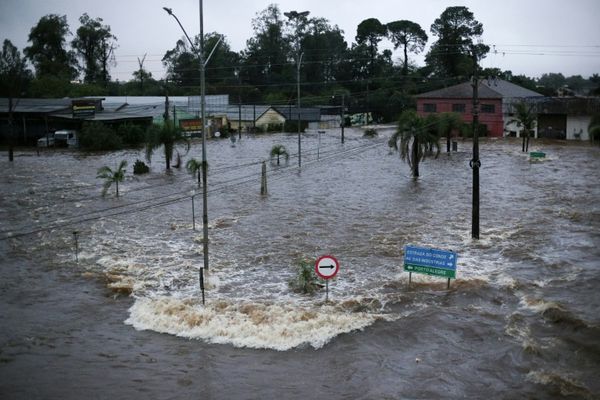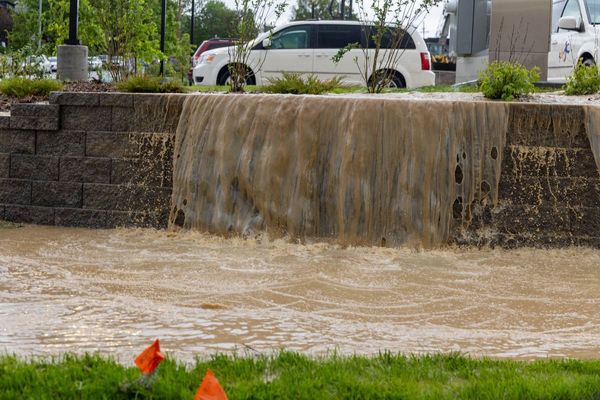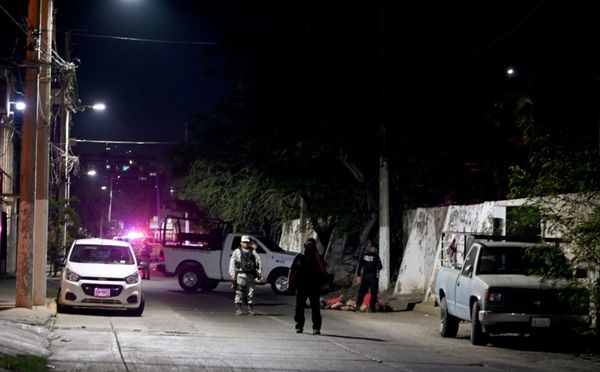
Australia’s renewable energy industry is growing at half the pace needed for the sector to meet the Albanese government’s emissions reduction goals, despite the sector having one of its best years, the Clean Energy Council said in its annual report.
Last year construction commenced on a record of more than 5,000MW of large-scale wind and solar farms. Work also started on 19 big batteries with 1,380MW/2,004MWh capacity, or almost half as large again as the previous record year in 2021, the council said.
Households also joined in the renewables rush, with 310,000 new solar systems with a capacity of 2,700MW added to rooftops. While down on 2021’s record of 3,300MW, the extra capacity increased the share of total renewable energy on rooftops to 25.8%.
Renewables supplied 35.9% of Australia’s total electricity generation last year, up from just under 17% in 2017, the report said.
While there was a “significant cause for optimism at a time when ageing fossil fuel-based generators are retiring”, the speed of renewables’ advance needed to double to meet the federal government’s 2030 target, said the Clean Energy Council’s chief executive, Kane Thornton. The emissions target implies an 82% reduction in the sector’s pollution compared with 2005 levels.
“2022 was a good year for projects under construction but a slower year for projects reaching financial close,” Thornton said. “Whatever way you look at it, we have to accelerate it.”
The renewables sector has been buoyed up by a closer alignment of federal and state policy since the election of the Albanese government. But a more interventionist approach by some states into the power sector was creating a new form of uncertainty for investors, he said.
Thornton said expanded, extended renewable energy targets would be one way to bolster the industry. The urgency has increased given other nations – particularly the US with its open-ended Inflation Reduction Act – are quickening their investments in clean energy.
“The challenge for the government is that we’ve really blown the last 10 years,” Thornton said. “Now we’re really playing catch-up.”
The industry will be looking for signs of further federal backing when the treasurer, Jim Chalmers, holds an investor roundtable for the sector on Friday.
On Monday Chalmers, who had just returned from meetings in Washington DC with fellow G20 finance ministers, said next month’s budget would contain “the most substantial investment in cleaner and cheaper energy and the future of our industry, I think, that we’ve seen”.
“Cleaner and cheaper energy is absolutely central to our growth strategy for the Australian economy,” he said in Canberra. “The whole world is moving in this direction in one way or another; we want to be beneficiaries not victims of what’s happening around the world and that’s why we’re putting such a big emphasis on it.”
Large-scale renewable investment reached $6.2bn last year, the council said. But the result was not “a bumper year” for project completions, with two windfarms in Victoria totalling 843MW among the largest projects.
Tasmania led the states, with renewables supplying 99.1% of electricity last year, ahead of South Australia’s 71.5% share. New South Wales, Victoria and Western Australia all drew about a third of their power from clean energy, while Queensland lagged at 22.6%.
For rooftop solar, the second half of 2022 provided a sharp upturn in demand after supply and labour shortages, and poor weather quelled growth in the first six months. Only the Australian Capital Territory and Tasmania set installation levels above 2021’s record year.
The average size of installed solar systems continues to grow, rising from 8.79kW in 2021 to 8.84kW last year.
Thornton said 2023 was expected to be “another strong year” for rooftop solar, noting that projected power cost increases of another 30% in some regions from July will keep “the focus on electricity prices” and spur more consumers to buy panels.







